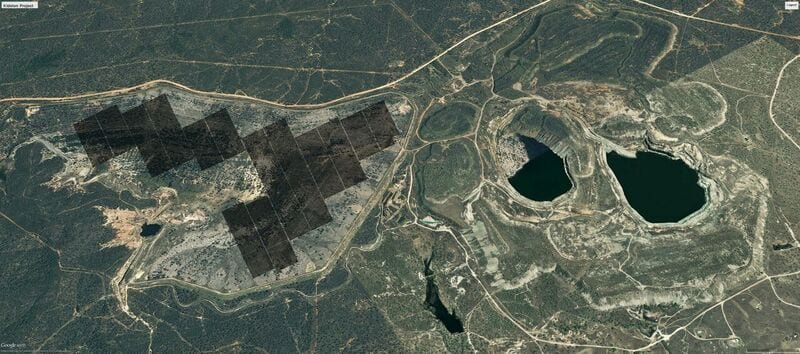Genex Power says it is looking to add a 150MW wind project to its huge solar plus pumped hydro Kidston project in north Queensland, in a move it says would be world-leading and reach the renewables “holy grail” of 24/7 dispatchable power.
The project would be a world-first combination of the three technologies at such scale, and would potentially combine 320MW of solar, 250MW of pumped hydro and 10 hours storage, and the 150MW of wind capacity.
Together, with the Kennedy Energy Hub just 80kms to the south – which is looking to combine wind, solar and battery storage, and potentially a mega installation of 1200MW – it means that Queensland could be host of the world’s two leading renewables plus storage projects.
It is also a powerful argument about how renewables will lead the future of the country’s energy grid, and makes a nonsense of the push by Coalition MPs, including several who represent the local area, for a new coal power plant.
“We’re really exited about it – it is the opportunity to provide reliable dispatchable renewables, all integrated and coming together beautifully,” Genex director Simon Kidston told RenewEconomy.
Kidston says the wind would be stronger at night and compliment the output of the solar farm. The company published this anticipated generation profile, combining the wind (green line), solar (yellow) and pumped hydro (blue) and total output (black line)
“If there is a lull, we can tap into the pumped hydro and get almost instantaneous output and maintain a smooth generation profile,” Kidston said.
Kidston would not be drawn on costs, but said the combined project would deliver reliable, dispatchable power at a significant discount to a new coal fired power station, which some locals are pushing for in the area.
“It has always been our strategy to achieve this holy grail, to do away with the intermittency and make it dispatchable,” he said. “We think it will be significantly cheaper than new coal.”
This view is shared by Windlab, which says its own combination of wind, solar and storage will be significantly cheaper than coal. Its first stage of 43.5MW of wind capacity, 15MW of solar PV capacity and a 2MW Lithium ion battery storage is already under construction.

Windlab’s estimated profile of wind and solar is similar to that of Genex (see graph above). It believes it will require a lot less storage, however.
Other projects to combine wind, solar and storage are also taking shape: Tilt is adding solar and storage to its Snowtown wind project in South Australia, CWP is looking at adding solar and storage to its Sapphire wind project in NSW, and DP Energy and SIMEC ZEN have big plans for renewables and storage around Port Augusta and Whyalla.
Kidston says that Genex had long been aware of the strong wind resources in the region. Apart from Windlab’s Kennedy project, Infigen Energy’s Forsayth wind project is also nearby and “the locals say the wind is strong enough to blow a dog off a chain.”
The wind farm will be located on a neighbouring escarpment some 350m above the surrounding topography, and about 40 turbines will stretch out for a distant of 21kms.
Genex announced earlier on Thursday that it has has signed a heads of agreement with two local landholders that gives it the option to develop the new wind farm project, which would add another stage to the company’s Kidston Renewable Energy hub.
The wind site is just 10kms away from the solar and pumped hydro storage facility, which will be located in the old Kidston gold mine.
“This is a world first – development of integrated solar, wind and pumped storage hydro technology – potentially allowing Genex to provide firm renewable clean energy 24 hours a day, 7 days a week,” it says.
Managing director Michael Addison said the addition of wind would give the project diversity across three renewable energy sources at the one site.
“We view K3-Wind as the first of a number of diversified future projects that will selectively expand our corporate portfolio, and place Genex as one of the key renewable energy and energy storage developers in Australia.”
The company has nearly completed the first stage 50MW solar farm, and has gained planning approval for the second stage solar farm. It is also seeking finance for that and the pumped hydro component of the project.
Genex will commence a detailed feasibility study into the wind component – which may take up to 18 months. It will look at the wind resource as well as transmission requirements, capital and operating costs and firming up of anticipated capacity factors.









